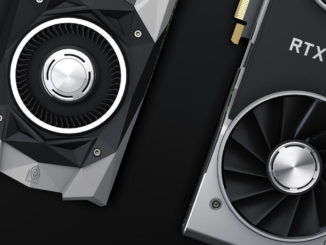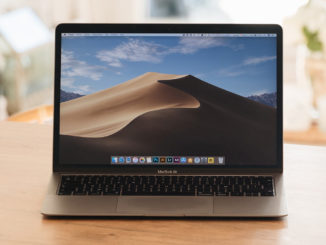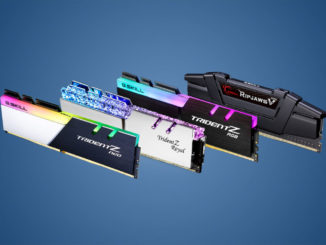Monitors nowadays have come a long way from their fat, older counterparts. New and innovative features being tacked onto new monitors is an everyday ordeal at this point.
While these new features vastly improve the user experience, they also come with a hefty price tag.
So, you have to ask yourself which of these features are important to you? If you only intend to use your monitor for editing videos, and you find yourself asking the question- is 60Hz enough for video editing? You can rest assured that it is.
A higher refresh rate will undoubtedly improve your viewing experience, but it will barely make a difference when editing videos.
Table of Contents
Higher Refresh Rate and Video Editing
Monitor refresh rate, usually measured in Hz, indicates the maximum number of distinct images your monitor can display in a second.
A monitor with a 60Hz refresh rate means that it can only display up to a maximum of 60 frames per second. Refresh rates have gone up exponentially in monitors over the course of the last decade.
60Hz, 75Hz, 120Hz, 144Hz, and 240Hz are common standards for refresh rates in modern monitors. A higher refresh rate makes the viewing experience essentially better by smoothening the transition between frames, making it seem more fluid to your eyes.
But remember, a high refresh rate gives you more information at any given amount of time, but it cannot change the number of frames with which you’re working.
Since most videos are produced at relatively low frame rates, a high refresh rate for video editing won’t change your experience at all.
As a rule of thumb, you have nothing to worry about if the refresh rate of your monitor is equal to or greater than what you’ll be working on.
60Hz is enough for editing any video without any issues whatsoever. The only step of the editing process where you might see a difference using a monitor with a high refresh rate is during the playback.
Is Refresh Rate the Only Thing to Look for in a Monitor for Editing Videos?
Well, no! When editing videos, being able to see true colors is the most important part of the experience. Your monitors help you navigate through the process as your pair of eyes.
This means that depending on the type of display you have; it might make the difference between whether or not you’ll be able to discern between black and very grey.
So, choosing the right monitor for your editing setup is the key. When selecting a monitor for your workstation, features such as refresh rate and response time are not as crucial as the resolution, color accuracy, or contrast ratio.
Here’s what you need to look for when buying a monitor for your video editing PC, along with a high refresh rate for video editing –
Panel Types
Depending on what type of monitor you purchase, your panel will be one of either TN, IPS, or VA. IPS panels boast an extremely color-accurate and vivid display with great viewing angles. VA panels have excellent contrast ratios and good color accuracy, and TN panels come with high refresh rates and an affordable price tag.
Some monitors also offer curved panels for additional immersion. Your choice of the panel will determine your viewing experience during editing greatly and, as such, should be given due consideration. You’ll ideally want to go with either an IPS or a VA panel.
Resolution
When editing videos, the amount of screen real estate can make a massive difference to your efficiency.
Nowadays, screens come in various resolutions such as FHD, UHD, 4K, 8K, etc. A display with a higher resolution will give you more space for your editing tools and increase your multitasking capabilities.
Color Space
Your monitor’s ability to display a wide range of colors accurately is determined by color space. It’s measured in Adobe RGB or sRGB, with Adobe RGB being about 35 percent larger than sRGB.
A greater color gamut will give you more vibrant colors. Try to aim for at least 90 percent of the sRGB gamut, higher always being better.
Bit Depth
Monitors differ in another aspect called bit depth. An 8-bit monitor can display 16.7 million colors, while a 10-bit monitor will display a massive 1.07 billion. 10-bit screens have smoother gradients which makes them more suitable for video editing.
Other than these, the size, input, and calibration range also make a difference when selecting a monitor.
Final Verdict
The monitor is an extension of a creator in the video production world. So, you need to make sure that you are spending your hard-earned money on the right things. A high refresh rate for editing videos is a waste of money if you’re not interested in gaming.
Is 60Hz enough for video editing? Unless you think that you need 240Hz for ultra-smooth mouse movements to move timelines, you’re better off investing that money into some other part of your system.




Great article in explaining refresh rate vs frame rate and the need to bolster other aspects of a monitor’s performance.